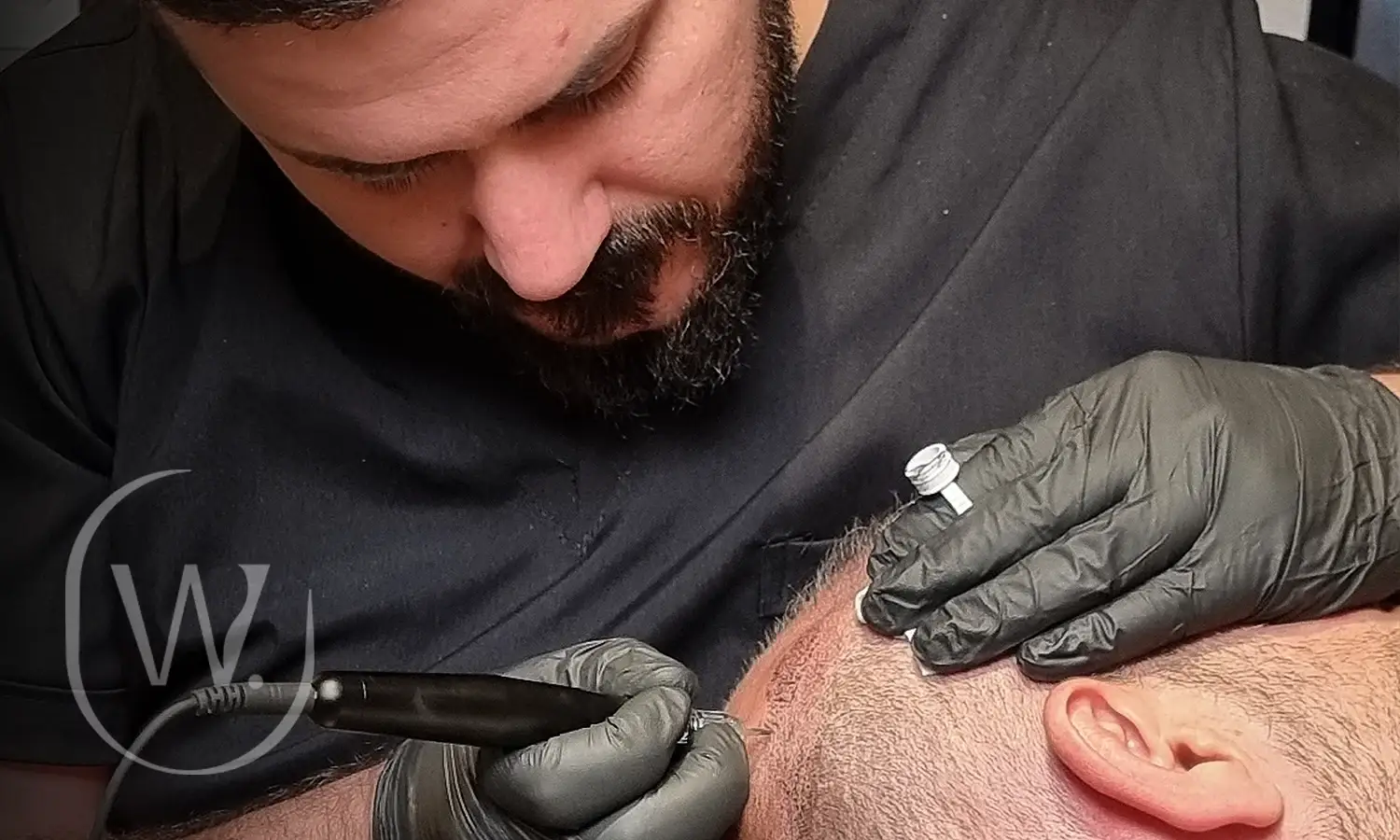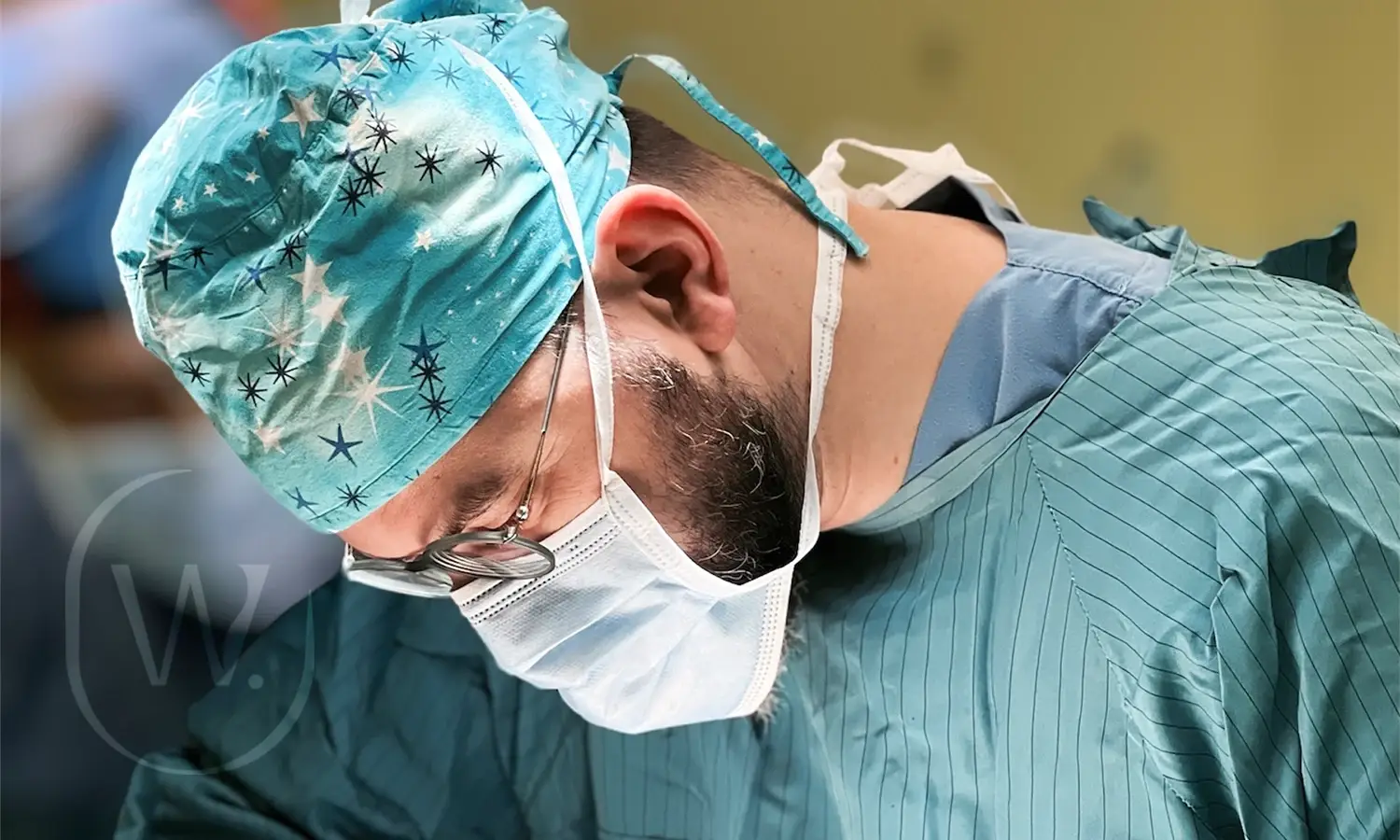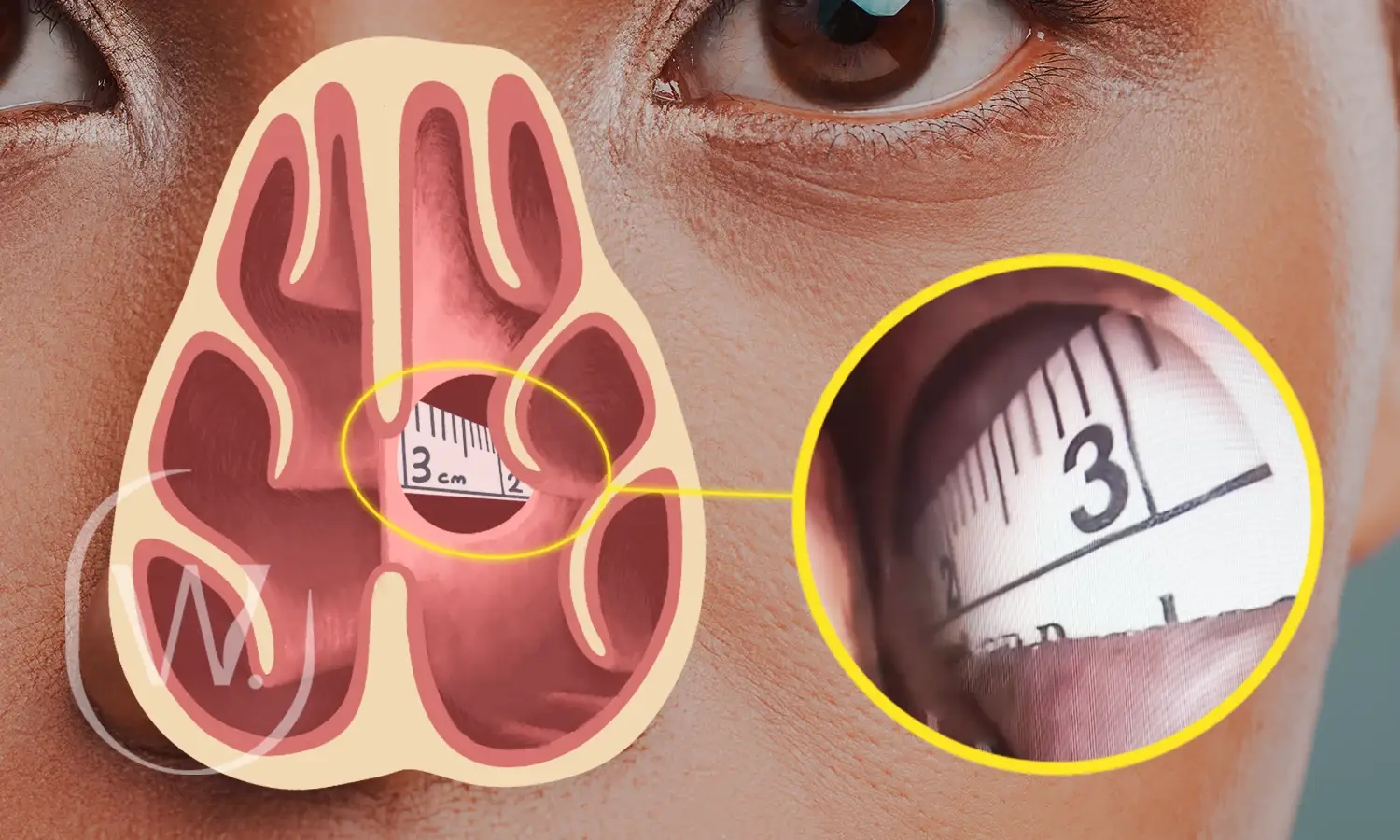Hair loss can be a difficult experience, but thanks to advancements in hair restoration techniques, there are effective solutions available. If you’re considering a hair transplant, you’ve likely encountered two main methods: FUE (Follicular Unit Extraction) and FUT (Follicular Unit Transplantation). Both techniques are highly effective for restoring hair, but each has its own benefits and considerations.So, how do you choose between FUE and FUT? This guide will break down everything you need to know to make the best choice for your specific needs.
Table of Contents
What is FUE (Follicular Unit Extraction)?
FUE is a modern hair transplant technique that involves extracting individual hair follicles from the donor area (usually the back or sides of the head) and implanting them into areas experiencing hair thinning or baldness. This process is meticulous and requires advanced technology, making it highly effective.
Key features of FUE include:
- Minimally invasive: No large incisions are made, only tiny punctures for each follicle.
- No linear scar: The absence of a strip scar makes it ideal for those who want to keep their hair short.
- Faster healing time: Since the procedure is less invasive, recovery time is typically quicker.
What is FUT (Follicular Unit Transplantation)?
FUT, also known as the “strip method,” involves removing a strip of skin from the back of the head where hair growth is dense. The surgeon then divides the strip into smaller grafts, each containing individual hair follicles, which are transplanted into the balding areas.
Key features of FUT include:
- Higher graft yield: FUT often allows for more grafts to be harvested in a single session, making it ideal for larger areas.
- Cost-effective: Because FUT yields a larger number of grafts in one procedure, it can be more economical for patients requiring significant coverage.
- More visible scarring: FUT results in a linear scar where the strip was removed, but this is often hidden by the surrounding hair.
FUE vs. FUT: Key Differences
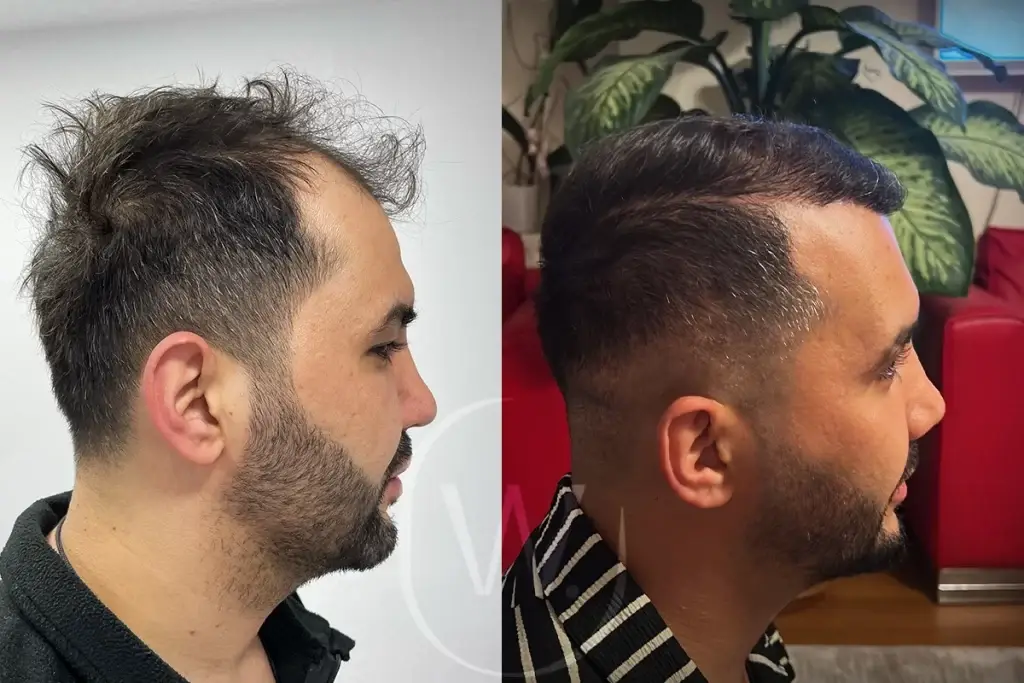
Understanding the core differences between FUE and FUT can help you make an informed decision. Here’s a breakdown of the major distinctions:
Scarring
- FUE: Leaves small, dot-like scars where individual follicles are removed. These scars are minimal and typically undetectable, especially with short hair.
- FUT: Leaves a single linear scar where the strip of skin was removed. This scar is more visible but can be hidden with longer hair.
Recovery Time
- FUE: Faster recovery due to the minimally invasive nature of the procedure. Most patients return to work within a few days.
- FUT: Longer recovery due to the size of the incision and stitches required. Patients typically need about 10-14 days before returning to normal activities.
Graft Harvesting
- FUE: More time-consuming because individual follicles are extracted one by one. This may require multiple sessions for larger areas.
- FUT: Allows for a larger number of grafts to be harvested in a single session, making it faster for those needing extensive coverage.
Cost
- FUE: Typically more expensive due to the precision and time involved.
- FUT: More cost-effective for patients needing larger areas covered.
Ideal Candidates
- FUE: Best for patients who want a less invasive option, minimal scarring, or who plan to keep their hair short.
- FUT: Ideal for patients needing a large number of grafts in a single session and who don’t mind a linear scar that will be hidden by longer hair.
Pros and Cons of FUE
FUE has become increasingly popular due to its minimally invasive nature and natural results. Here’s a breakdown of the pros and cons:
Pros
- No linear scar: Ideal for those who prefer short hair.
- Minimal discomfort: Patients often report less post-op discomfort.
- Faster recovery: Healing is quicker, allowing patients to return to work in just a few days.
- Customizable: FUE is versatile and can be tailored to smaller or larger areas.
Cons
- Time-intensive: Since each follicle is extracted individually, FUE can take longer, especially for larger areas.
- Higher cost: FUE tends to be more expensive due to the time and precision involved.
Pros and Cons of FUT
While FUT is more traditional, it still offers significant benefits, especially for those needing extensive coverage. Here’s what you should consider:
Pros
- Higher graft yield: More grafts can be harvested in one session, making it ideal for those with significant hair loss.
- Cost-effective: Generally less expensive than FUE when large areas need coverage.
- Quicker for larger areas: Because more grafts are harvested at once, the procedure can be completed faster for extensive hair loss.
Cons
- Linear scar: While this scar can be hidden by longer hair, it may be a concern for those who prefer short hairstyles.
- Longer recovery: The incision requires more healing time, so patients may need to take more time off work or regular activities.
How to Choose the Right Hair Transplant Method
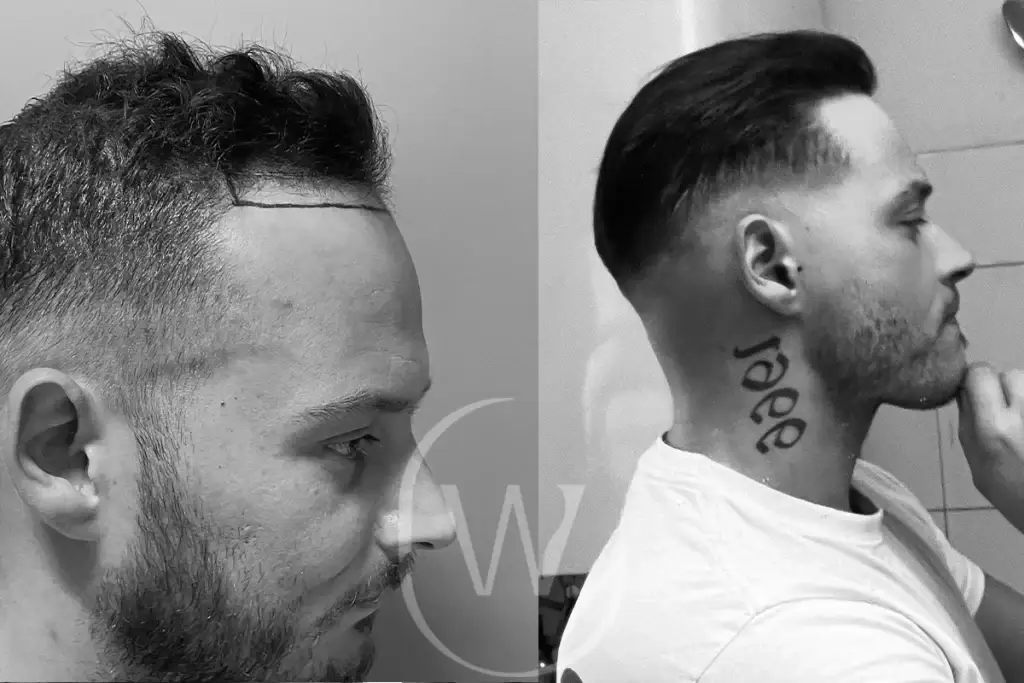
When choosing between FUE and FUT, consider the following factors:
- Desired Results: If you’re aiming for minimal scarring and shorter recovery, FUE may be your best option. However, if you need a significant number of grafts in one session, FUT could be more efficient.
- Scarring Preferences: If avoiding visible scarring is a priority, FUE is the better choice. For those who don’t mind a linear scar hidden by longer hair, FUT is still highly effective.
- Budget: While both procedures offer excellent results, FUT is typically more affordable for larger areas of hair loss.
- Recovery Time: If you need a quick return to work or other activities, FUE offers a faster healing process. FUT requires more downtime but can provide more extensive coverage in one session.
- Hair Texture and Type: Consult with your surgeon to determine which method is best suited to your specific hair type and texture, as this can impact the final outcome.
Which Hair Transplant Method is Best for You?
Both FUE and FUT are highly effective hair restoration methods. The best option depends on your individual goals, the amount of hair loss you’re experiencing, and your preferences regarding recovery time, scarring, and cost. Consulting with a qualified hair transplant surgeon will help you make the right decision based on your specific needs.
Conclusion: Making the Right Choice for Your Hair Restoration

Deciding between FUE and FUT depends on several factors, including your goals, budget, and lifestyle. Both methods offer excellent, natural-looking results, but each has its unique advantages. By consulting with a skilled surgeon, you can determine which hair transplant method is right for you and achieve the fuller, natural-looking hair you desire.
Ready to take the next step in your hair restoration journey?
Contact us today to schedule a free consultation and find out whether FUE or FUT is the best option for you.
